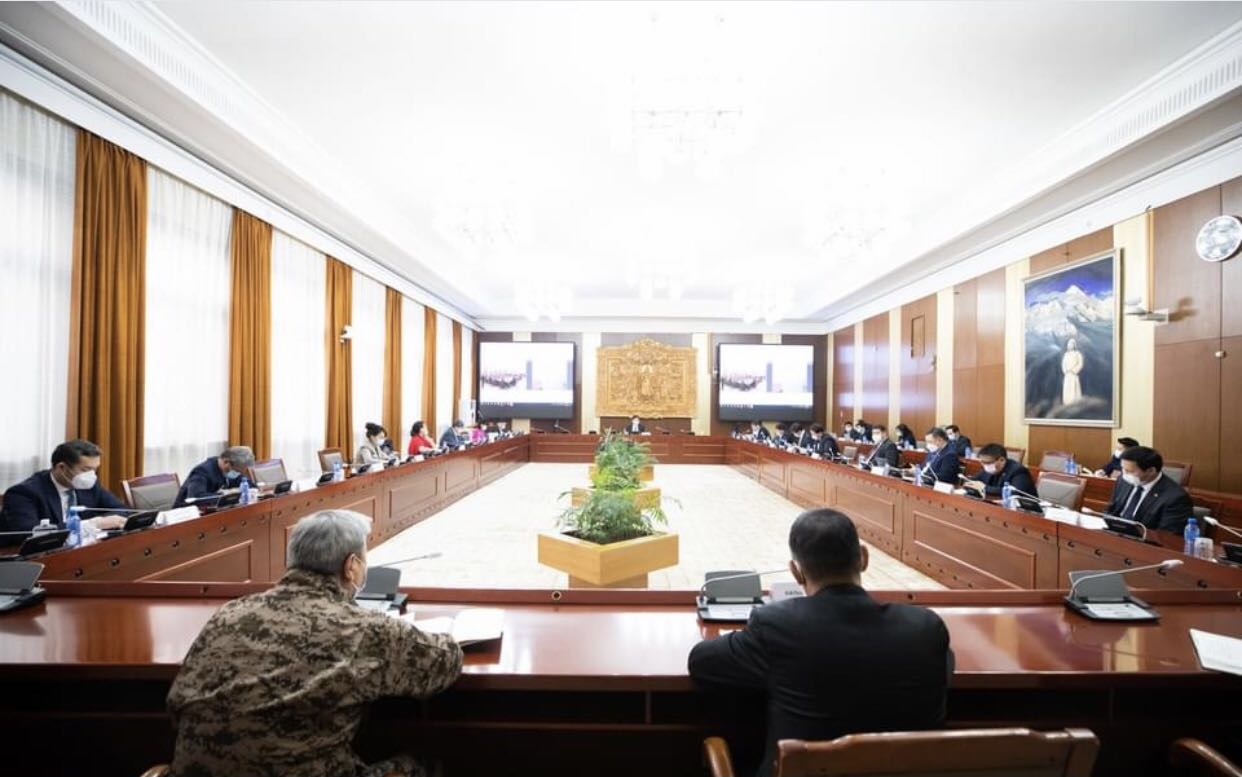December 30, local time, the Mongolian government held a routine work meeting and decided to extend the period of high alert status for epidemic prevention and control in 21 provinces across the country, which was originally scheduled to end on December 31 this year, to March 31, 2021. , Except for the capital Ulaanbaatar.
During the period of high alert for epidemic prevention and control, the country’s air and land port passenger transportation services will continue to remain closed to the outside world, but passenger and cargo transportation on specific special lines will proceed normally.
In view of the successive occurrence of infection sources in Mongolia’s 1 city and 6 provinces along the railway line, local-related cases are increasing rapidly.
Mongolia has implemented different levels of alert status according to local conditions nationwide from 6 o’clock on November 12th. Among them, Selenge, East Gobi, Darhanwula, Orkhon, Houhangai, and Gobi Sumbel have not seen new cases in 6 provinces in the last 7 to 43 days, and the epidemic has basically been effectively controlled.
The situation in the capital city of Ulaanbaatar is still severe, and the number of related cases continues to rise, making it the largest source of infection in the country.
In the 14 days from 11:00 on December 16 to 11:00 on December 30, the number of confirmed cases in the city increased from 163 to 394, accounting for 32.97% of the total number of confirmed cases in Mongolia.
According to a report from the Ministry of Health of Mongolia on the 30th, as of that day, the country had a total of 1,195 confirmed cases of new Coronavirus pandemic, of which 397 were imported from abroad, 798 were locally related, 824 were cured and discharged, and 361 were treated in hospital.
Prior to this, Mongolia has extended the implementation period of the above measures nine times since the announcement on February 13, 2020 that it entered a state of high alert for epidemic prevention and control



